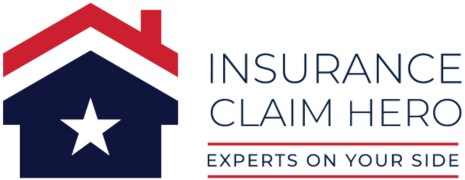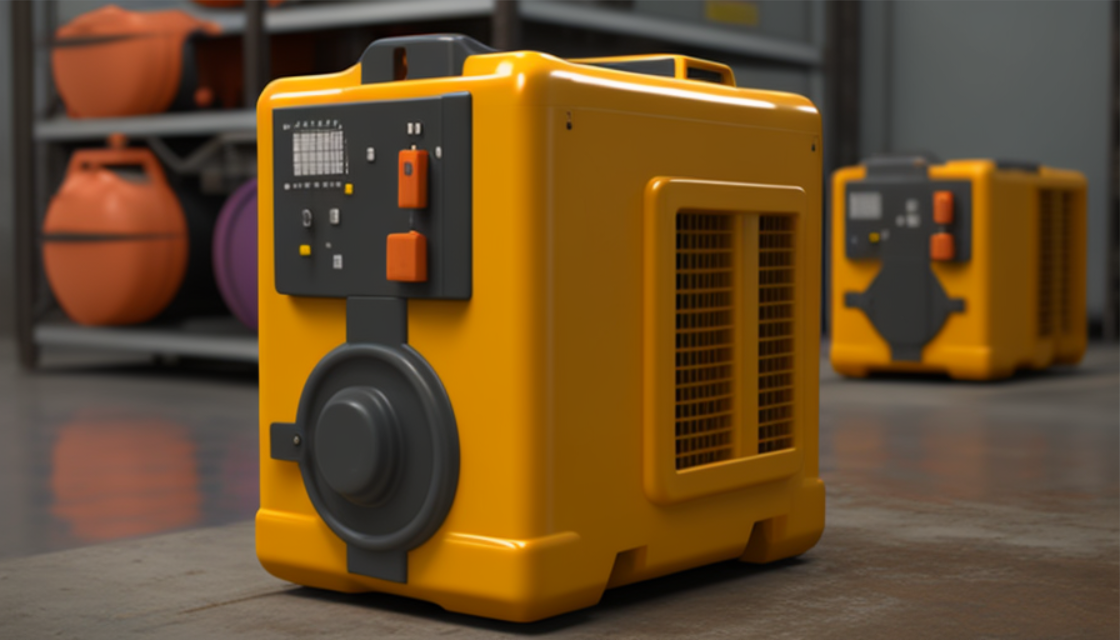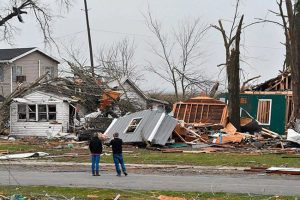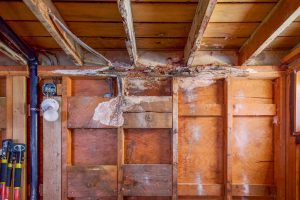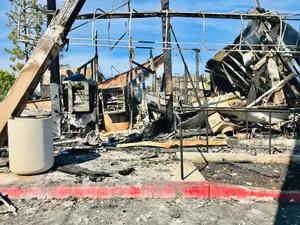The IICRC S500 stands as a cornerstone in the field of water damage restoration, offering a detailed framework for professionals to tackle water damage with precision and care. This guide not only sets the bar for restoration practices but also empowers property owners by demystifying the complexities of water damage restoration. Within its pages, the IICRC S500 amalgamates the latest industry techniques, essential safety guidelines, and best practices to ensure that restoration efforts are both effective and safe. For anyone embroiled in the aftermath of water damage, understanding the key concepts laid out in the IICRC S500 is pivotal.
This article aims to shine a light on these critical terms and the categorization of water damage, providing a roadmap for navigating the restoration process with confidence and knowledge.
Table of contents
Key Terms in the IICRC S500
Embarking on water damage restoration without a grasp of the essential terminology is like navigating a ship without a compass. The IICRC S500 introduces several key terms that form the backbone of effective restoration strategies:
- Psychrometry: The Science Behind Moisture Control Psychrometry, or the study of air and water vapor’s properties, stands at the heart of water damage restoration. By mastering psychrometry, restoration experts can adeptly manage indoor environments, optimizing conditions for rapid and effective drying. This includes precise control over humidity levels, temperature, and air movement, which are critical for thwarting secondary damage and accelerating the drying process.
- Dehumidification: The Moisture Extractor Central to mitigating water damage is the process of dehumidification – the strategic removal of excess moisture from the air. The IICRC S500 delves into the pivotal role dehumidifiers play in maintaining optimal indoor humidity levels, preventing mold growth, and safeguarding structural integrity. Guidelines within the standard detail the judicious use of dehumidifiers, ensuring they complement other restoration efforts seamlessly.
- Extraction: The First Line of Defense Extraction, the act of removing standing water and excess moisture, is often the initial step in the restoration process. The IICRC S500 underscores the importance of using advanced extraction tools to swiftly remove water, thereby curtailing the extent of water damage and kick-starting the drying process. This proactive measure is critical in minimizing the impact of water damage on building materials and contents.
- Antimicrobial Treatment: Guarding Against Microbes In the wake of water damage, the threat of microbial growth looms large. Antimicrobial treatments, as outlined in the IICRC S500, are employed to combat the proliferation of bacteria, mold, and fungi. These treatments are instrumental in sanitizing affected areas, ensuring a safe and clean environment post-restoration. The standard provides a blueprint for the safe and effective use of antimicrobial agents, balancing eradication efforts with occupant safety.
Water Damage Categories
Equally important to the restoration lexicon are the categories of water damage defined in the IICRC S500. These categories help professionals and property owners gauge the severity of damage and the potential health risks involved, guiding the restoration strategy accordingly:
- Category 1 (Clean Water): This category pertains to water originating from a sanitary source, posing minimal health risk. Despite its innocuous nature, prompt action is necessary to prevent escalation.
- Category 2 (Gray Water): Characterized by a moderate level of contamination, gray water may contain harmful substances that necessitate cautious handling to avoid health issues.
- Category 3 (Black Water): The most severe form of water damage, black water, is grossly contaminated, harboring pathogens and toxins that demand rigorous safety measures and decontamination efforts.
In Summary
The IICRC S500 serves as an indispensable guide for navigating the challenges of water damage restoration. By acquainting oneself with the critical terms and water damage categories it outlines, stakeholders can ensure a coherent, effective approach to restoration. This knowledge not only facilitates better communication with restoration professionals but also underscores the importance of adhering to established best practices for safety and efficiency.
As we continue to explore the depths of the IICRC S500, remember that informed action is the keystone of successful water damage restoration.
FAQ
The IICRC S500 is a comprehensive standard for professional water damage restoration, outlining best practices, safety guidelines, and the latest industry techniques.
Understanding psychrometry is crucial for effectively managing indoor humidity, temperature, and air movement to optimize drying conditions and prevent secondary damage.
Dehumidification removes excess moisture from the air, crucial for preventing mold growth and ensuring a thorough drying process.
Extraction is the initial step in removing standing water and excess moisture, crucial for minimizing damage and accelerating drying.
Antimicrobial treatments are used to eliminate or control microorganisms, preventing the growth of bacteria, mold, and fungi in affected areas.
Water damage is categorized into three levels: Category 1 (Clean Water), Category 2 (Gray Water), and Category 3 (Black Water), based on the source’s level of contamination.
